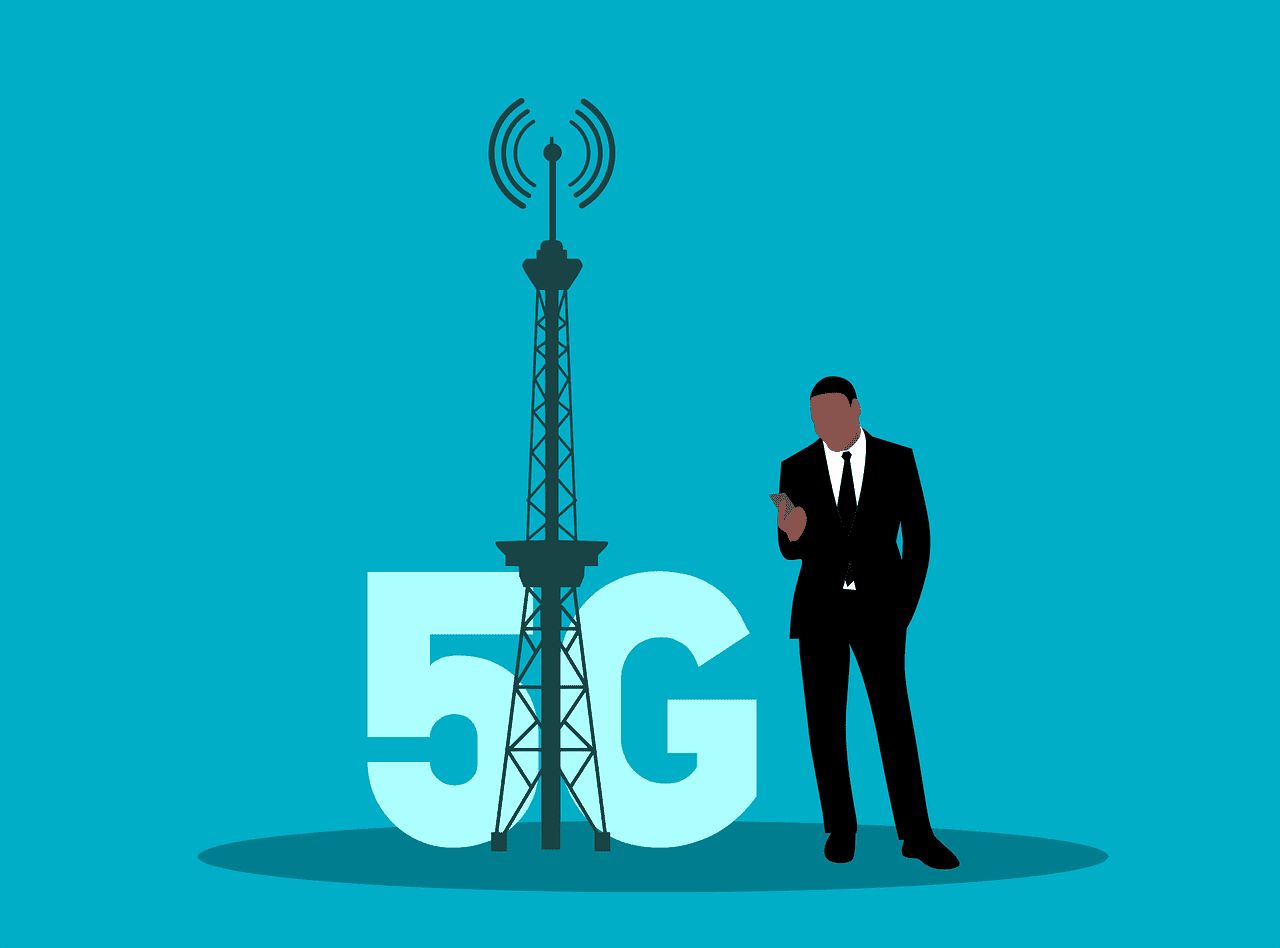Blockchain technology has emerged as a revolutionary force, transforming industries and challenging traditional notions of data management. But what exactly is blockchain, and how does it work? Buckle up, because we’re diving into the inner workings of this fascinating technology, exploring its history, advantages, disadvantages, and potential future.
A Peek into the Past: The Birth of Blockchain
The origins of blockchain can be traced back to 2008 with the invention of Bitcoin, the first decentralized digital currency. Satoshi Nakamoto, the pseudonymous creator of Bitcoin, needed a way to ensure secure and transparent transactions without a central authority. Enter blockchain: a distributed ledger technology that acts as a public record of all transactions.
How Does This Blockchain Work?
Imagine a giant, digital spreadsheet. Every transaction is recorded chronologically as a block, containing data and a unique fingerprint. These blocks are then chained together, creating a tamper-proof record. Here’s the magic:
- Decentralization: There’s no single entity controlling the blockchain. Copies are distributed across a network of computers, making it highly resistant to manipulation.
- Cryptography: Each block is cryptographically linked to the previous one, ensuring the integrity of the entire chain. Any attempt to alter a block would disrupt the entire chain, making it easily detectable.
- Transparency: Everyone on the network can see all transactions, fostering trust and accountability.
Advantages: A Chain Reaction of Benefits
Blockchain offers a multitude of advantages over traditional systems:
- Security: The decentralized nature and cryptography make tampering with data nearly impossible.
- Transparency: All transactions are visible, promoting trust and reducing fraud.
- Efficiency: Removing intermediaries can streamline processes and reduce costs.
- Traceability: The chain of custody is clear, making it easier to track assets.
- Immutability: Once a record is on the blockchain, it cannot be altered or deleted.
Disadvantages: Not a Flawless Diamond
Despite its strengths, blockchain technology also has some drawbacks:
- Scalability: Processing large volumes of transactions can be slow and expensive.
- Regulation: The lack of clear regulations can create uncertainty and hinder adoption.
- Energy Consumption: Verifying transactions can require significant computing power, raising environmental concerns.
- Complexity: Understanding and implementing blockchain technology can be challenging.
The Future Unchained: Where is Blockchain Headed?
The future of blockchain is brimming with possibilities. Here are some potential applications:
- Supply Chain Management: Track the movement of goods from origin to destination, ensuring authenticity and transparency.
- Voting Systems: Create secure and verifiable elections with reduced risk of fraud.
- Identity Management: Store personal information securely and give individuals control over their data.
- Financial Services: Facilitate faster, cheaper cross-border transactions.
The Interconnected World: Dependencies of Blockchain
While blockchain is a powerful tool, it doesn’t operate in isolation. Its success depends on several factors:
- Strong Encryption: Robust cryptographic algorithms are essential for maintaining security.
- Network Infrastructure: Scalable and reliable networks are needed to support widespread adoption.
- Standardization: Industry-wide standards are crucial for interoperability between different blockchain systems.
In Conclusion: Understanding the Blockchain Revolution
Blockchain technology is a complex yet game-changing innovation. By understanding its history, working mechanisms, advantages, and future potential, we can prepare for the transformative impact it may have on various industries. Remember, blockchain is still evolving, and its future hinges on addressing existing limitations and fostering collaboration. As the technology matures, it has the potential to revolutionize the way we interact, transact, and store data, ushering in a new era of trust and transparency.



